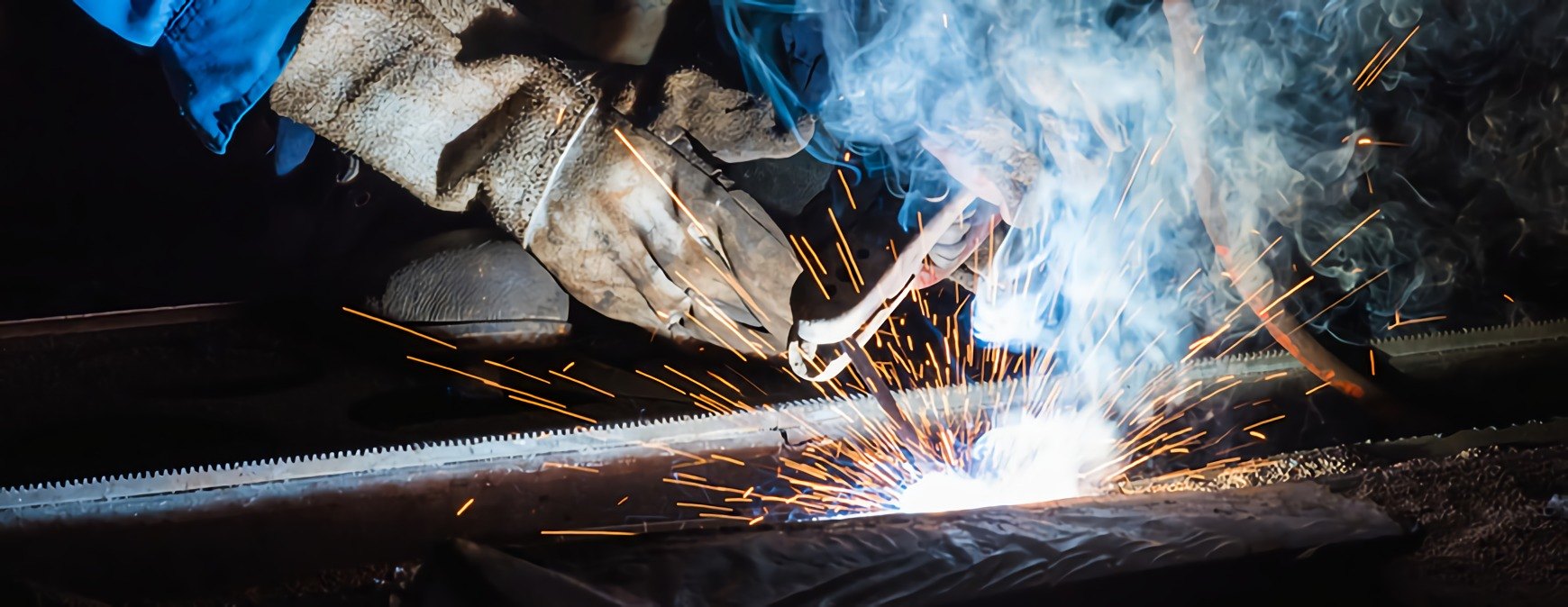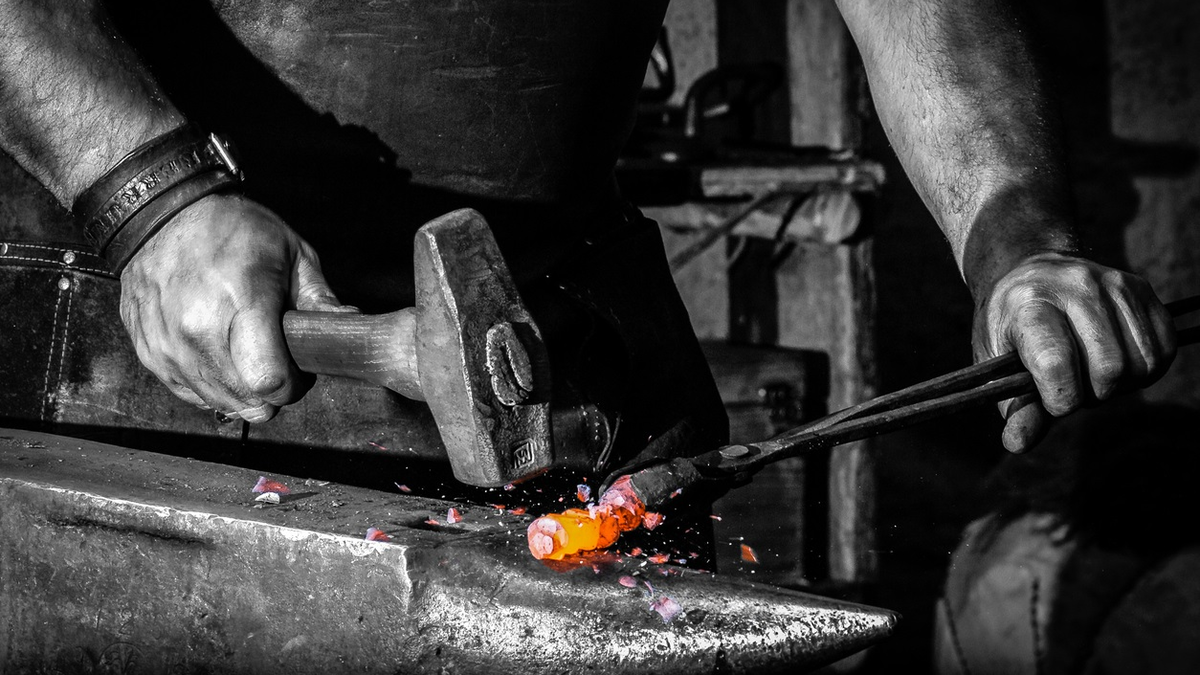Choosing a welding process to improve efficiency is a major issue. In general, it can be confirmed that the more automated the welding process, the higher the efficiency will be.
However, we must not forget the criterion of quality according to the customer’s specifications. Another criterion not to be overlooked in this reflection: can this process be used on site or only in the workshop? From Welding & CNC you can have the best solutions with the welding and blacksmithing works.
Welding Processes: Calculate The Efficiency Rate And The Uptime
There is a fairly simple method to define a rate for the yield by calculating the number of kilograms of metal that will be deposited on the condition of working with a metal contribution.

But another factor is also decisive: it is the actual welding time, to which must be added the preparation of the metals to be welded. The “on arc time” is therefore taken into account.
The last element will be the scrap rate from weld defects. Depending on the situation, it is better to use a certain welding process to improve performance.
The MIG MAG Welding Process: Very High Efficiency But The Need To Control Quality
Take The Example Of MIG MAG
This process can be easily automated with very high yields, simple to practice and quickly mastered. It is one of the welding processes to improve the yield thanks to its productivity.
On the other hand, each MAG weld must undergo a quality test. In MIG mode, as an inert gas is used, this process offers a slightly higher quality, it will be reserved for more sensitive and more neutral materials such as stainless steel or aluminum. Conversely, MAG is widely used for structural and scrap metal applications.
The automotive industry is one of the industries that heavily use the MAG process because of its productivity. As MIG MAG technology has improved significantly over the years, it is widely used in the construction of structures such as bridges or buildings, and even in the nuclear sector. In automated mode, this process is used exclusively in the workshop. On the other hand, the latest generation machines are to be preferred.

The Submerged Arc Welding Process: High Efficiency For Large Thicknesses
With regard to the submerged arc process, very high yields are observed because metal will be laid in extremely high quantities. To give an idea: on site we will be able to merge a plate with a thickness of 10 mm in one go. It is with this process that we will deposit the most metal when welding.
The main use is the shipbuilding industry due to the use of thick sheets which must be butted. In this type of application, two plates are placed on the ground to weld them together. Here, the arc time on ignition is also high but the implementation is longer. This process is rarely used for tube welding because a powder is deposited on the top of the tube, which must rotate. Therefore, this application on tube is only to be carried out in the workshop.

TrackBack URL
https://lametalsmiths.org/the-best-of-welding-and-blacksmithing-works-for-you/trackback/